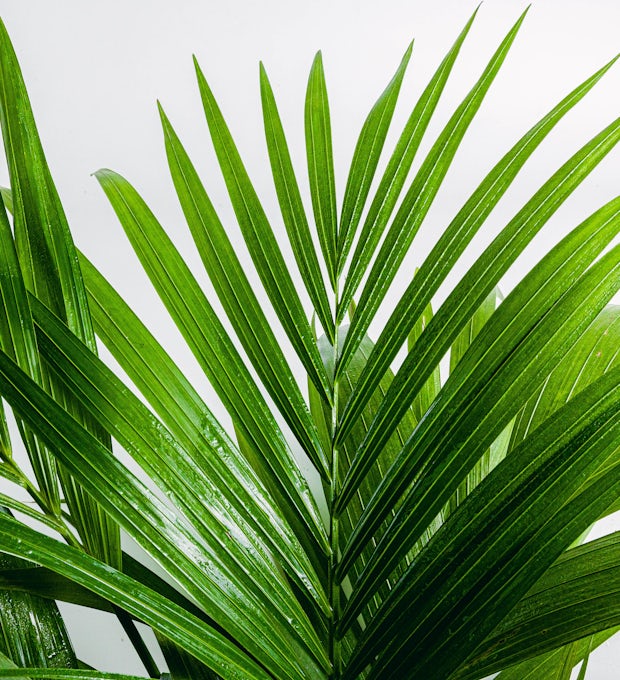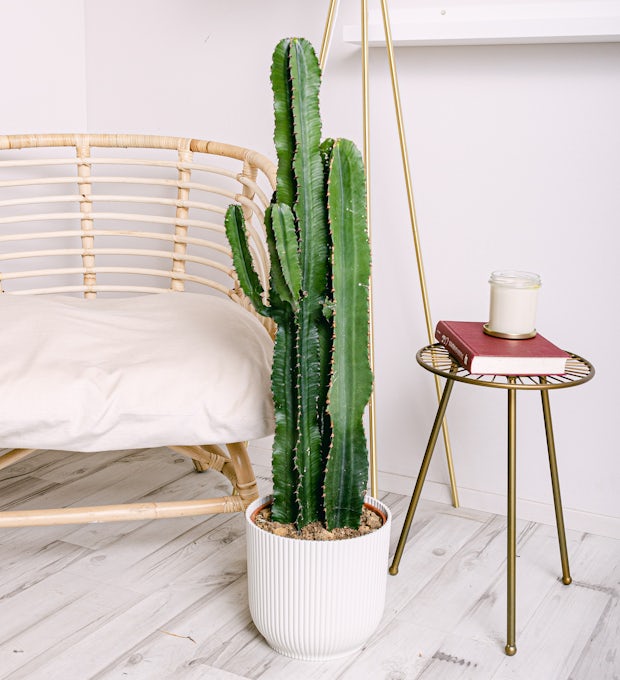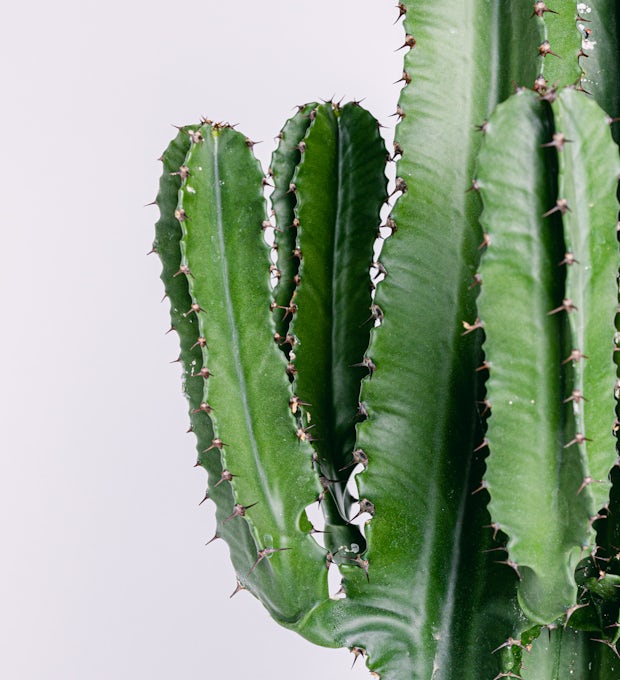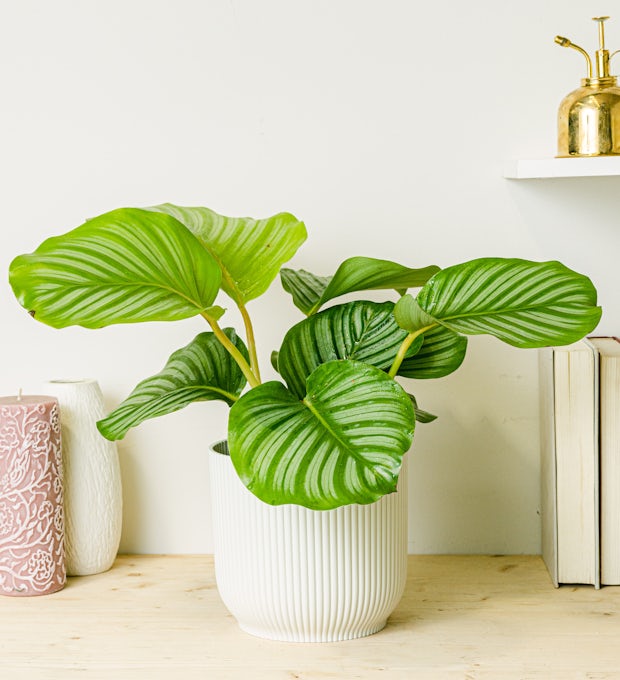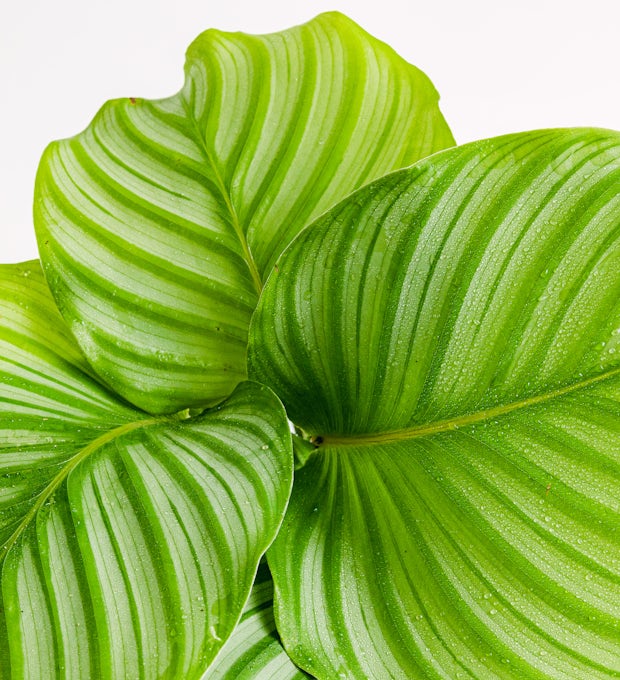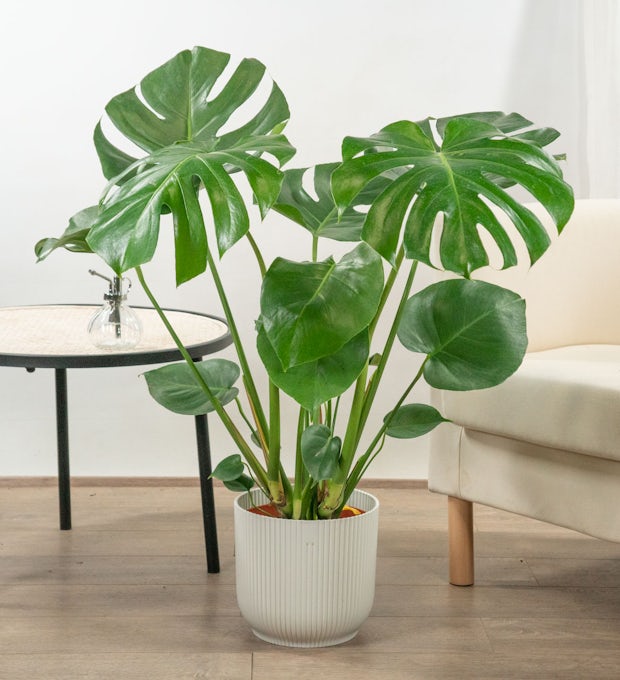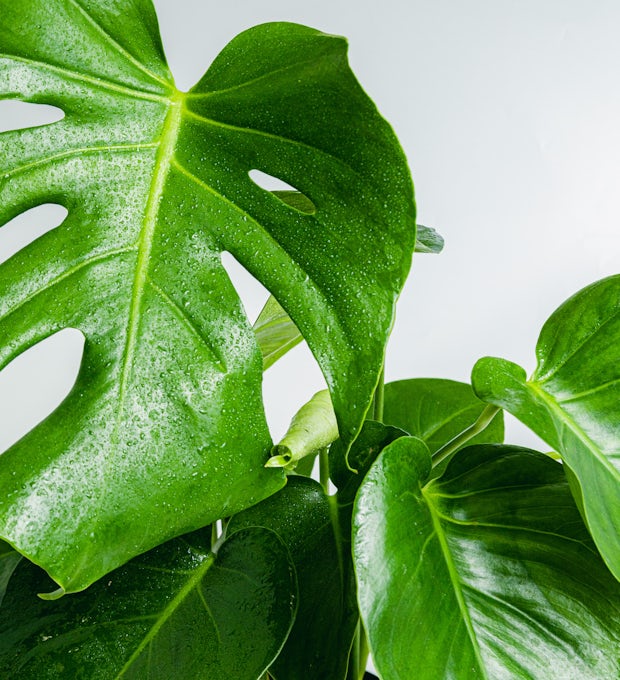In this article, we'll explore the topic of houseplant care and how to solve one of the most common problems that can arise: yellow leaves. You'll discover how leaf color can be an important indicator of plant health, and the most common causes behind leaf yellowing in houseplants. We'll also offer practical tips to prevent the appearance of yellow leaves, natural treatments to combat the problem, and recommendations on the best plants for gardening beginners. Plus, we'll show you how to make the most of the benefits that houseplants can offer your home. Read on to learn everything you need to know about caring for your houseplants!
Leaf color as an indicator of plant health
Leaf color is one of the most important indicators in determining the health of a houseplant. Healthy leaves usually have a bright, uniform green color, while yellow or brown leaves may indicate that something is not working properly. If the leaves are yellow, it is likely that the plant is experiencing some form of stress or illness. It is important to pay attention to the pattern of the yellowing, as this can provide clues to the underlying cause. For example, if the lower leaves are the only ones that are yellow, the plant may not be getting enough sunlight. If the upper leaves are also affected, it may be an overwatering or nutrient shortage issue.
In general, maintaining the bright green color of the leaves requires regular care and attention to the specific needs of each type of plant. Some plants may need more direct sunlight, while others prefer shadier conditions. Watering is also important; Some plants need frequent watering, while others can survive with less water. Additionally, making sure the plant has enough nutrients is essential to keeping it healthy.
In short, leaf color is a key indicator of a houseplant's health. Paying attention to changes in the color and pattern of yellowing can help identify and fix problems before they become more serious. Maintaining a good practice of regular care can help keep your leafy greens healthy for a long time.
Common Causes of yellowing leaves in Houseplants
Yellowing of the leaves is a common problem in houseplants and can be caused by a number of reasons. One of the most common causes is over- or under-watering. If the leaves turn yellow and drop easily, you may be overwatering the plant. On the other hand, if the leaves turn yellow but remain firm, the plant will likely need more water. Another cause can be a lack of adequate light. Houseplants need a sufficient amount of light to photosynthesize and stay healthy. If the leaves turn yellow and weak, the plant may be getting too little light. In addition, too much fertilizer can cause root damage and lead to yellowing of the leaves. It is important to follow the specific fertilization instructions for each type of plant. Finally, environmental stress, such as sudden changes in temperature or drafts, can also cause the leaves to turn yellow. In summary, yellowing of leaves on houseplants can be caused by watering problems, lack of adequate light, excess fertilizer, or environmental stress. Identifying the underlying cause is critical to solving the problem and keeping our plants healthy and beautiful.
We ship plants to all locations, you can see more options here.
How to Prevent the Appearance of yellow leaves on Houseplants
To prevent the appearance of yellow leaves on our houseplants, it is important to follow certain practical recommendations. First of all, it is essential to water our plants sparingly and not to exceed the amount of water we provide them. Too much moisture in the soil can lead to yellowing of the leaves. On the other hand, it is important to choose the right location for our plants, avoiding places with drafts or exposed to extreme temperatures. We also need to make sure that our plants receive the necessary amount of sunlight, but without exposing them directly to the sun's rays for long periods of time. Another useful recommendation is to use specific fertilizers for houseplants and apply them according to the manufacturer's instructions, as an excess of nutrients can also lead to yellow leaves. Finally, it's important to periodically check your plants for signs of disease or pests, and act quickly if you spot any problems. By following these simple recommendations, we can prevent the appearance of yellow leaves on our indoor plants and enjoy their beauty and benefits for our home for a long time.
We ship plants to all locations, you can see more options here.
Natural Treatments to Combat the Problem of Yellow Leaves
To combat the problem of yellow leaves in houseplants, there are various natural treatments that can help restore their health. One of them is to properly water the plant, avoiding both over- and underwatering. It is important to ensure that the substrate is moist but not soggy, and to allow excess water to drain properly. Another option is to spray the leaves with warm water to increase ambient humidity and prevent them from drying out. In addition, it is advisable to use nutrient-rich organic fertilizers, such as compost or worm castings, to strengthen the plant and improve its ability to absorb the necessary nutrients. Another natural treatment is the application of herbal teas, such as chamomile tea or nettle tea, which have antifungal and strengthening properties. These infusions can be applied directly to the substrate or sprayed on the leaves. Finally, it's important to regularly check plants for potential pests, such as spider mites or aphids, and treat them with natural methods, such as insecticidal soap or neem oil. With these natural treatments and proper care, the problem of yellow leaves in houseplants can be effectively prevented and combated.
Practical tips to take care of your houseplants and avoid problems
To take care of your houseplants and avoid problems, it's important to follow some practical tips. First, make sure your plants are getting the right amount of light. Place the plants near a sunny window, but avoid strong direct sunlight, as it can burn the leaves. Also, rotate the pots regularly so that all parts of the plant receive light evenly.
Another fundamental aspect is proper watering. Each plant has different water needs, so it's important to research the specific requirements of each species. When watering, make sure that the water drains properly and does not collect at the base of the pot, as this can lead to rotten roots. Also, avoid overwatering, as it can lead to yellowing of the leaves.
Regular pest and disease control is also essential. Regularly inspect your plants for signs of insects or diseases and take quick action to address any issues detected. You can use natural methods such as insecticidal soap or neem oil to fight pests without harming the plants or the environment.
Finally, remember to fertilize your houseplants regularly. Use a balanced fertilizer specifically for houseplants and follow the manufacturer's instructions. The fertilizer will help keep the leaves green and healthy.
By following these practical tips, you will be able to care for your houseplants effectively and prevent problems such as yellowing of the leaves. Enjoy the beauty and benefits that these plants offer to your home with a little proper attention and care.
Best Houseplants for Gardening Beginners
If you're a beginner gardener and want to start caring for houseplants, there are a few species that are ideal to start with. Pothos is a very hardy plant that adapts well to different light and humidity conditions. It's also very easy to propagate, so you can get more plants from just one. Another option is Sansevieria, also known as "mother-in-law's tongue," which is very hardy and can survive in low-light conditions and without frequent watering. In addition, this plant helps purify the air in your home. The popular cactus plant is another good choice for beginners, as it requires very little watering and can withstand extreme conditions. If you prefer flowering plants, African violet is a good choice, as it is easy to care for and produces flowers all year round. Lastly, the Succulent is another popular choice due to its unique appearance and ease of care. These plants require very little watering and can survive in dry environments. With these options, you'll be able to enjoy the beauty and benefits of houseplants without having to worry too much about their care.
How to make the most of the benefits that houseplants offer your home
Not only are houseplants a beautiful addition to your home décor, but they also offer a number of benefits for your well-being. To make the most of these benefits, it's important to keep a few key things in mind. First, make sure you place your plants in the right places where they will receive the right amount of sunlight. Each plant has different light needs, so it's important to research the specificities of each species. Also, remember to water your plants regularly, but avoid overwatering that can lead to disease and root rot. Maintain a proper balance and control soil moisture to ensure healthy growth. Another way to make the most of the benefits of houseplants is to choose those that purify the air. Some popular choices include peace lily, bamboo palm, and spider plant. These plants help filter toxins and improve the air quality in your home. Finally, don't forget to regularly take the time to care for and maintain your plants. Remove wilted or diseased leaves, fertilize as needed, and prune to promote proper growth. By following these practical tips, you will be able to fully enjoy the benefits that houseplants offer to your home, creating a welcoming and healthy environment for you and your family.
In short, houseplant care can be a rewarding and relaxing task, as long as you keep certain important aspects in mind. Knowing the causes of leaf yellowing and how to prevent them is critical to keeping our plants healthy and beautiful. In addition, natural treatments can be an effective option to combat this problem. Let's remember that each plant is unique and requires specific care, so it's important to do your research and learn about the individual needs of each species. Finally, let's not forget the benefits that houseplants offer to our home, from improving air quality to reducing stress and anxiety. What if we encourage ourselves to incorporate more plants into our lives and enjoy their many advantages?

